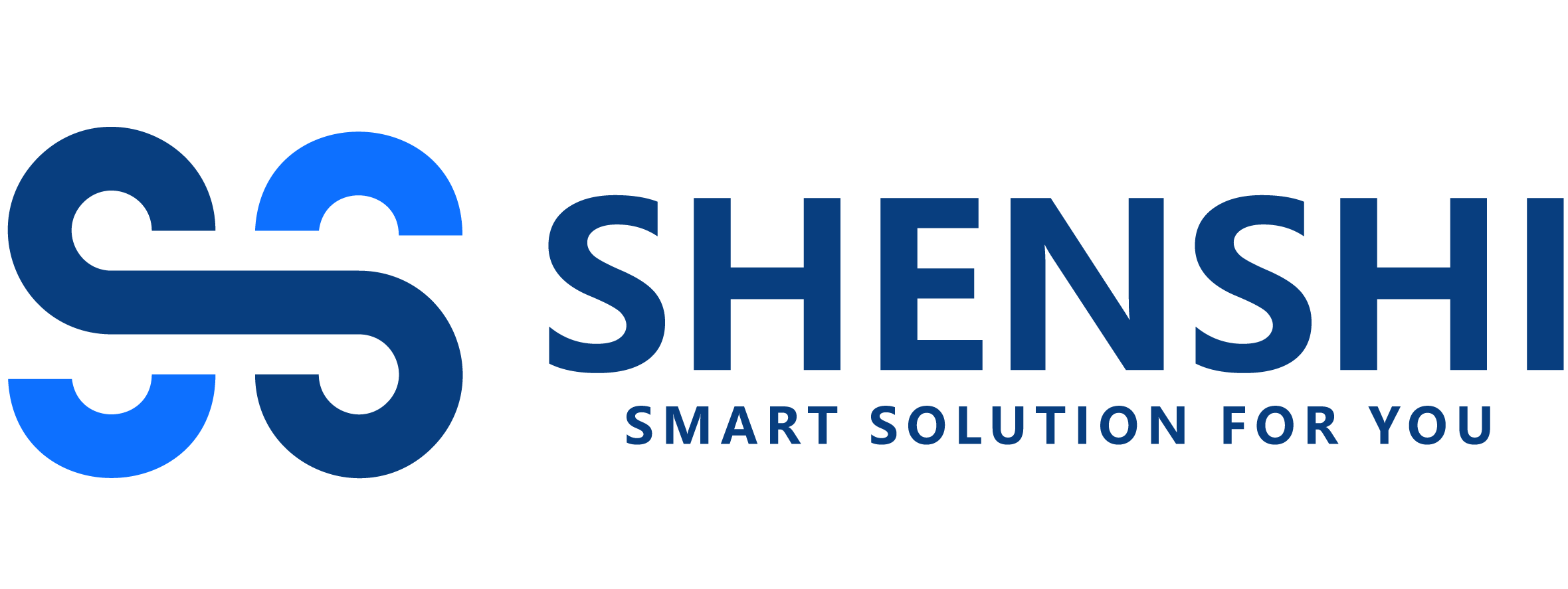Addressing Mechanical Design Issues in Printed Circuit Heat Exchangers
Introduction to Printed Circuit Heat Exchangers (PCHEs)
Printed Circuit Heat Exchangers (PCHEs) represent a revolutionary advancement in thermal management technology, offering unparalleled efficiency in compact designs. At Shenshi Technology, we specialize in high-performance PCHEs that excel in high-pressure, high-temperature, and corrosive environments. Our PCHEs, featuring chemically etched microchannels (0.1-2mm diameter), provide superior heat transfer rates while maintaining structural integrity. Introduced to China in 2011, Shenshi has pioneered domestic production, reducing costs and replacing imports in sectors like offshore ships, LNG, hydrogen energy, and more. For detailed product specs, visit our Printed Circuit Heat Exchanger product page.
As experts in heat exchanger innovation, Shenshi draws from over a decade of experience in research and development, collaborating with institutions like CNOOC to deliver solutions that meet international standards such as ASME. This article addresses key mechanical design issues in PCHEs, drawing on our authoritative expertise to help engineers and industry professionals optimize their systems.
Common Mechanical Design Challenges in PCHEs
Based on industry research and our hands-on experience at Shenshi, here are the primary challenges:
1. Channel Configuration and Flow Path Misalignments
Misconceptions about channel setups—such as straight vs. zigzag patterns—can lead to uneven flow distribution, increased pressure drops, and reduced heat transfer efficiency. In high-pressure scenarios like supercritical CO2 cycles, misalignment during diffusion bonding exacerbates stress concentrations.
Shenshi's Expertise: Our proprietary chemical etching process ensures precise channel geometries, minimizing misalignments. We've successfully applied this in LNG projects, achieving up to 98% efficiency.
2. Structural Integrity Under High Pressure and Temperature
PCHEs must withstand pressures up to 300Bar and temperatures exceeding 700°C, as seen in nuclear and hydrogen applications. Issues like material fatigue, thermal expansion, and ridge/wall sizing can compromise integrity, leading to leaks or failures.
Authoritative Solutions from Shenshi: Compliant with ASME Boiler and Pressure Vessel Codes, our designs incorporate Ni-based alloys and semi-ported configurations for enhanced durability. Finite element analysis (FEA) in our R&D institute validates these, ensuring safety in extreme conditions.
3. Material Selection and Corrosion Resistance
Corrosive fluids in chemical processing or marine environments can degrade materials, causing pitting or erosion. Traditional designs often overlook long-term material compatibility, increasing maintenance costs.
Trustworthy Approach: Shenshi uses corrosion-resistant materials like stainless steel and nickel alloys, proven in real-world cases such as our CNOOC-certified natural gas coolers. Our products reduce lifecycle costs by 20-30% through innovative bonding techniques.
Solutions to Mechanical Design Issues
Drawing from peer-reviewed studies (e.g., ASME conference papers) and our proprietary innovations, Shenshi offers proven strategies to mitigate these challenges:
Optimized Design Methodologies
- Thermal-Hydraulic Modeling: Use NTU and LMTD methods for accurate predictions, incorporating uncertainty analysis to refine channel pitch and plate thickness.
- Economic and Mechanical Analysis: Over 20-year lifecycle evaluations ensure cost-effective designs, as demonstrated in our SCO2 power generation systems.
Advanced Manufacturing Techniques
- Chemical Etching and Diffusion Bonding: These processes create seamless, high-integrity structures. Shenshi's prototypes have passed China Machinery Industry Federation appraisals, filling domestic gaps in marine oil and gas applications.
- Finite Element Analysis for Misalignment: We simulate stress factors from channel offsets, recommending adjustments that maintain structural safety factors above industry standards.
Case-Specific Applications
In hydrogen energy, our PCHEs address compressor aftercooler issues by cooling compressed gas efficiently, preventing overheating. For aerospace, we ensure vibration immunity and compactness, enhancing reliability.

Why Choose Shenshi for Your PCHE Needs?
With a dedicated research institute and partnerships with global leaders, Shenshi Technology embodies expertise and trustworthiness in Printed Circuit Heat Exchangers. Our products have been deployed in landmark projects:
- LNG Field Prototype (2020): Jointly developed with CNOOC, achieving international advanced levels.
- Natural Gas Cooler (2021): CCS-certified for offshore platforms, marking mass production milestones.
- Compressor Aftercooler (2023): 12MW units boosting East China Sea platform capacity.
We prioritize preventive maintenance, cleaning services, and expert support to keep your systems optimal.
Related Products from Shenshi
- Heater: For high-pressure industrial processes.
- Regenerator: Reheats CO2 in power cycles.
- Cooler: Manages CO2 temperatures effectively.
- Intercooler: Ensures safe natural gas transport.
Explore our full range on the Printed Circuit Heat Exchanger page.
Industries We Serve
- Green Electricity: SOFC, SCO2, nuclear.
- Marine & Offshore: FSRU, FLNG, FPSO.
- Hydrogen Energy: Production, storage, refueling.
- Aerospace: Electronics cooling.
- And more in powertrain, industrial gases, and fine chemicals.
Contact Us for Expert Consultation
Facing mechanical design challenges in your PCHE project? Our team at Shenshi Technology is ready to provide tailored solutions. Reach out for a free consultation and elevate your system's performance today.Contact Us
